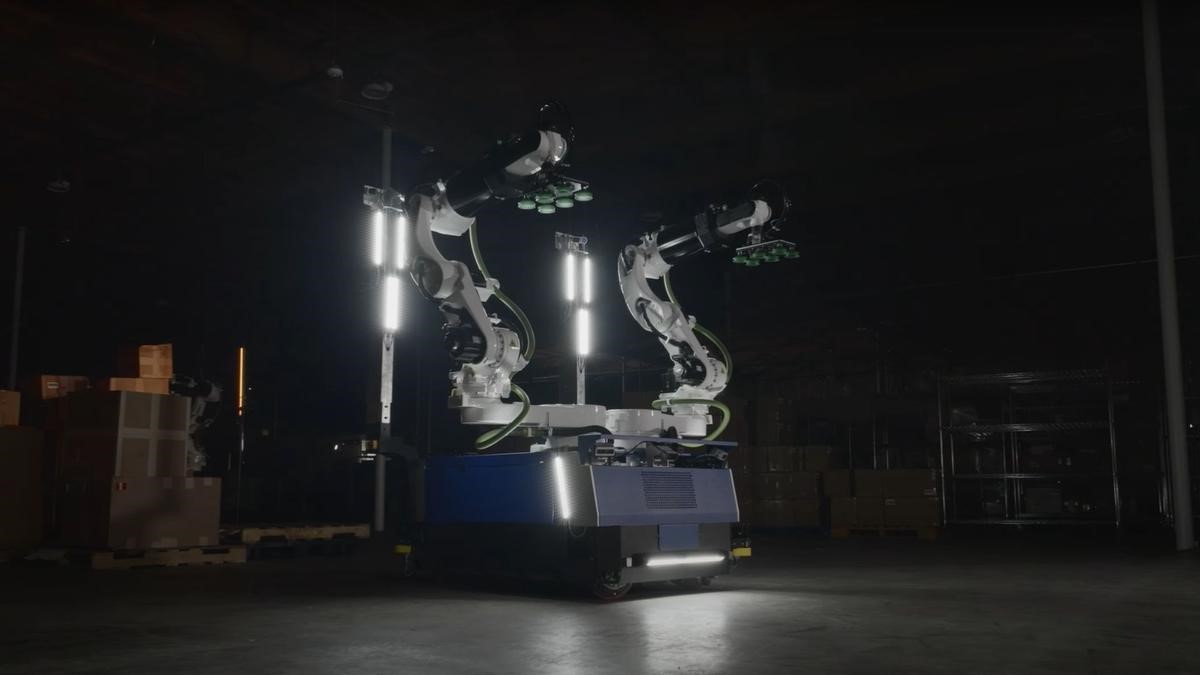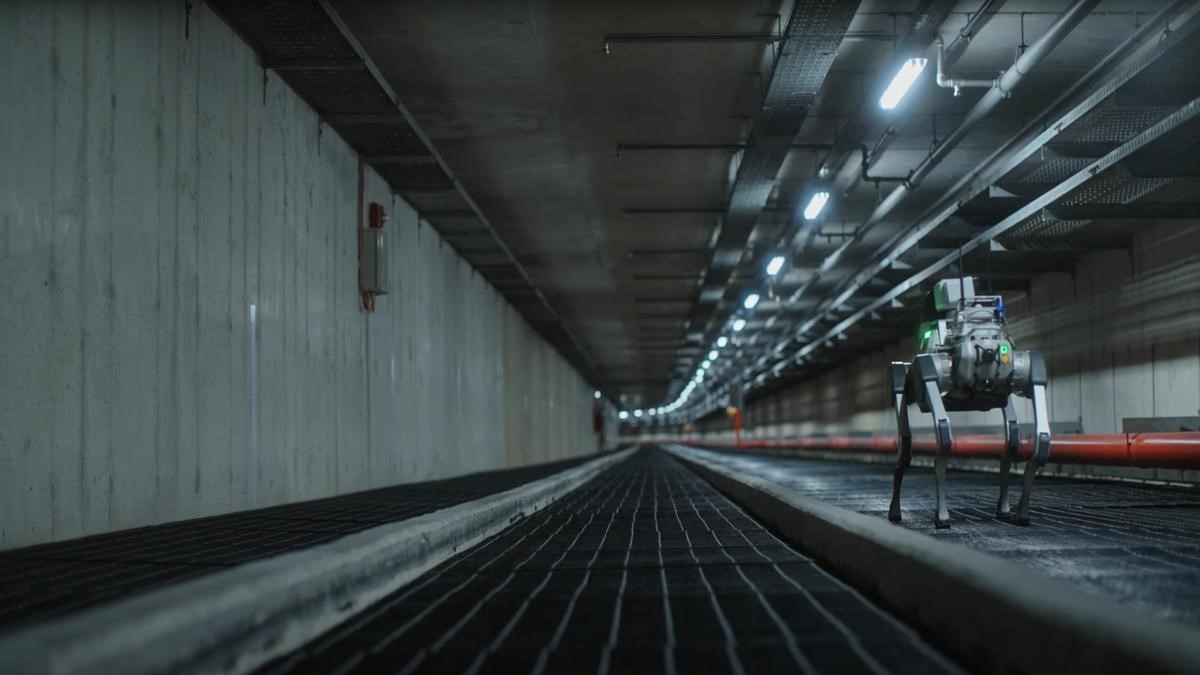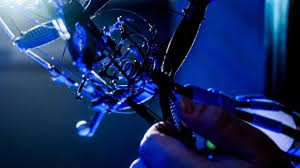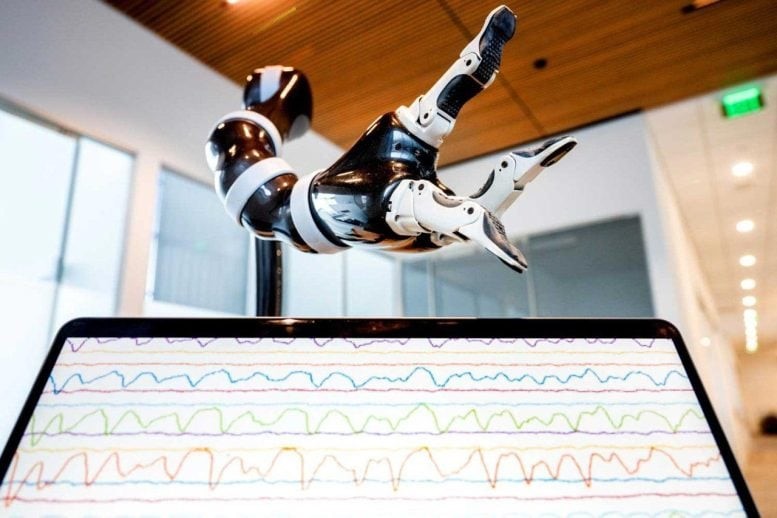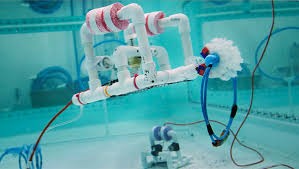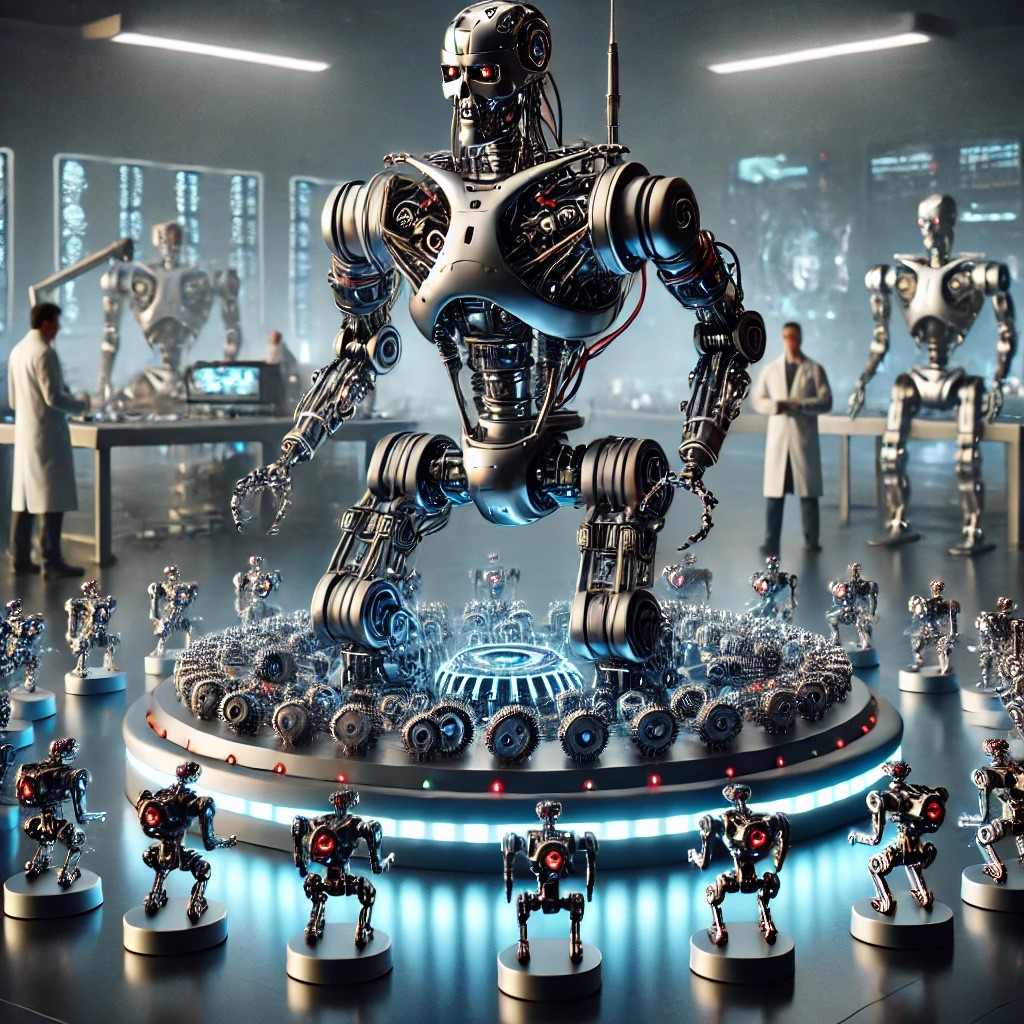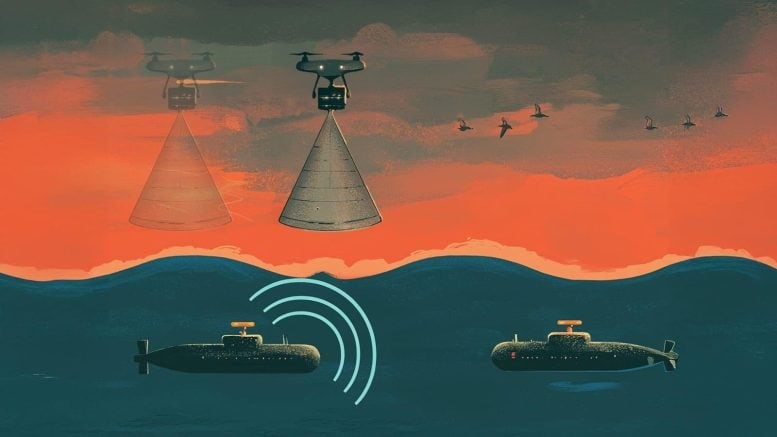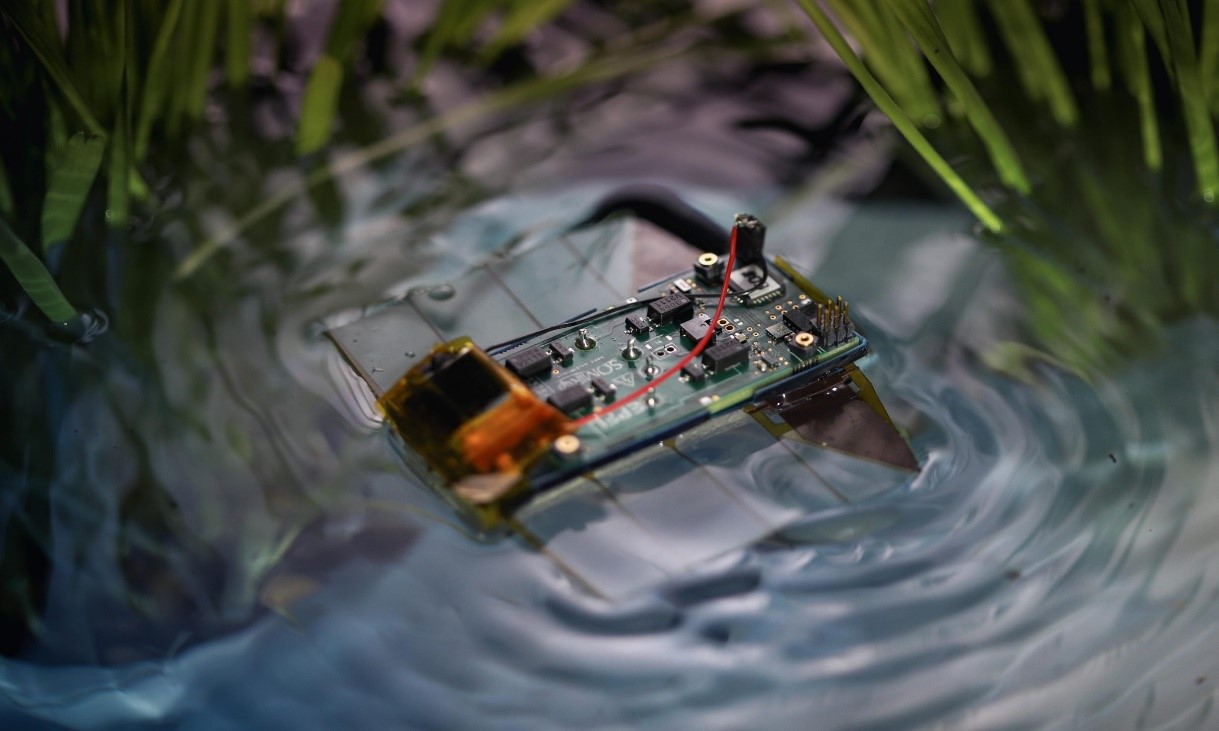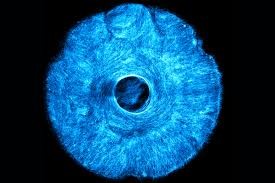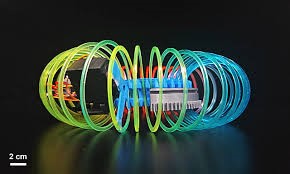Nvidia and Google DeepMind to Power Disney’s Adorable Robots
Nvidia, Disney Research, and Google DeepMind are collaborating on Newton, a cutting-edge physics engine designed to simulate robotic movements in real-world environments, Nvidia CEO Jensen Huang announced at GTC 2025 on Tuesday.
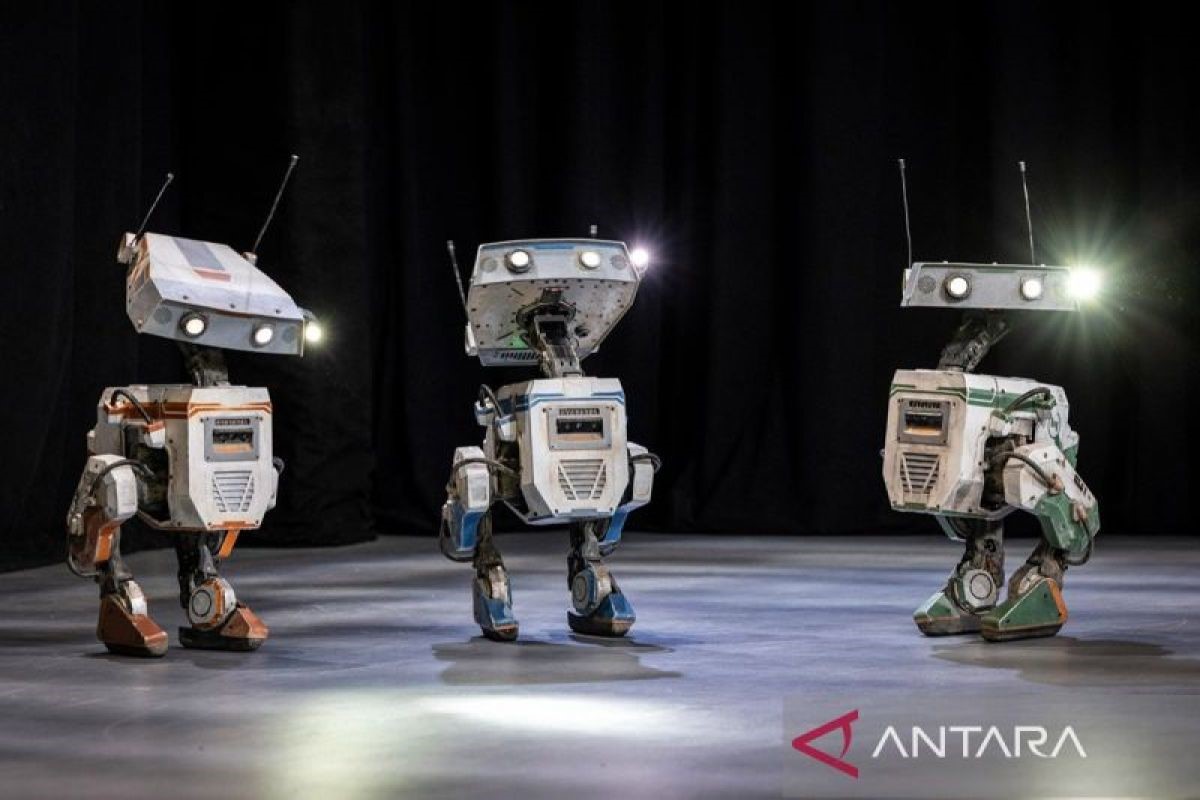
Figure 1. Nvidia & Google DeepMind Power Disney’s Adorable Robots.
Disney will be among the first to utilize Newton to enhance its next-generation entertainment robots, including the Star Wars-inspired BDX droids—one of which made a surprise appearance onstage alongside Huang during his keynote. Figure 1 shows Nvidia & Google DeepMind Power Disney’s Adorable Robots.
Nvidia plans to release an early open-source version of Newton later in 2025.
Disney has long envisioned bringing Star Wars-inspired robots to its theme parks worldwide, with several controlled demos over the years—the latest at SXSW 2025. Now, with the help of Newton, Disney believes the technology is ready and plans to debut the robots at multiple park locations next year.
In a press release, Disney Imagineering SVP Kyle Laughlin emphasized that the collaboration with Nvidia and Google DeepMind will be instrumental in advancing Disney’s entertainment robotics.
Newton is designed to make robots more "expressive" and capable of handling complex tasks with greater precision, according to Nvidia. The physics engine allows developers to simulate how robots interact with real-world elements, which can be a major challenge in robotics development.
Nvidia highlights Newton’s high customizability, enabling developers to program interactions with materials like food, cloth, sand, and other deformable objects. The engine will also be compatible with Google DeepMind’s robotics tools, including MuJoCo, which specializes in simulating multi-joint robot movements.
Newton was just one of many major announcements at GTC 2025. Nvidia also introduced Groot N1, an AI foundation model designed to enhance humanoid robot perception and reasoning. Additionally, the company outlined its next-gen AI chip roadmap, featuring Blackwell Ultra and Rubin, and unveiled a new lineup of "personal AI computers."
The Vision – Disney’s Dream of Lifelike Entertainment Robots
For years, Disney has been working toward integrating advanced robots into its theme parks, aiming to bring beloved characters to life in interactive ways. From early animatronics to the latest Star Wars-inspired BDX droids, Disney Imagineering has continually pushed the boundaries of robotics and AI. With the help of Nvidia and Google DeepMind, the dream of lifelike, autonomous robots is now closer than ever.
Newton – The Breakthrough Physics Engine
At GTC 2025, Nvidia announced Newton, a next-generation physics engine designed to simulate robotic movement in real-world environments. Newton aims to enhance how robots interact with objects and navigate dynamic settings. By improving physics-based learning, the engine allows robots to move more naturally, handle complex tasks, and even display expressive behaviors.
Bringing Star Wars Droids to Life
Disney’s BDX droids—first showcased in controlled demos at events like SXSW 2025—will be among the first to use Newton. These robots are designed to roam theme parks, engage with guests, and exhibit personality-driven movements. Thanks to Nvidia’s technology, Disney can refine their motion, making them feel more authentic and immersive.
The Role of Google DeepMind in Robotics AI
Google DeepMind plays a key role in this collaboration by integrating Newton with its suite of robotics tools. Newton will be compatible with MuJoCo, DeepMind’s physics engine for multi-joint robot simulation, allowing developers to fine-tune robotic behaviors. This partnership ensures that Disney’s entertainment robots can learn, adapt, and improve over time.
The Future of AI-Powered Entertainment
Beyond Disney’s theme parks, Newton’s open-source release in late 2025 could revolutionize robotics across industries. Nvidia also introduced Groot N1, an AI model designed to enhance humanoid robots’ ability to perceive and reason. Coupled with next-gen AI chips like Blackwell Ultra and Rubin, these advancements signal a new era of expressive, interactive robots in entertainment and beyond.
Source: TC
Cite this article:
Priyadharshini S (2025),”Nvidia and Google DeepMind to Power Disney’s Adorable Robots" , AnaTechMaz, pp.143


